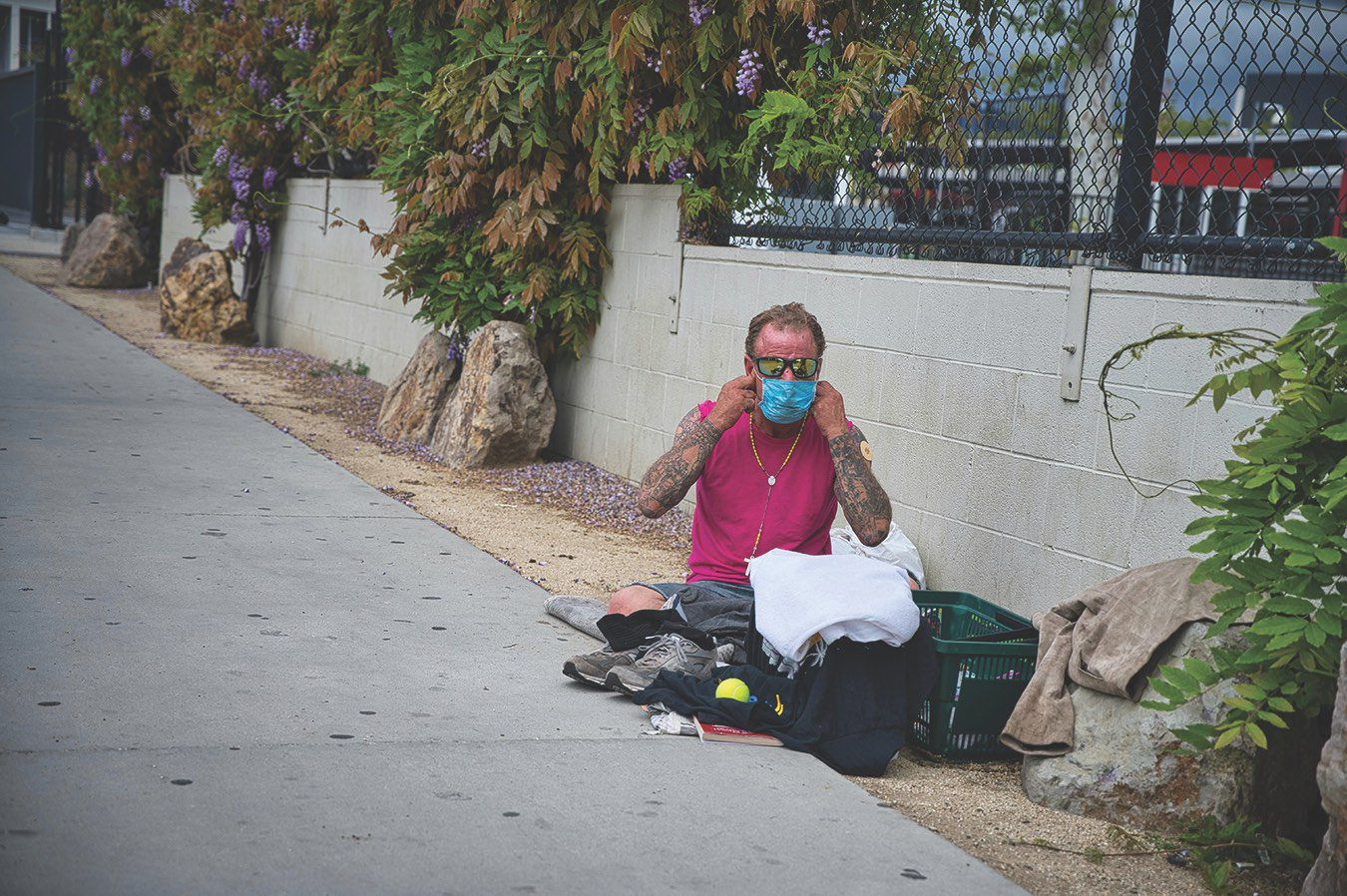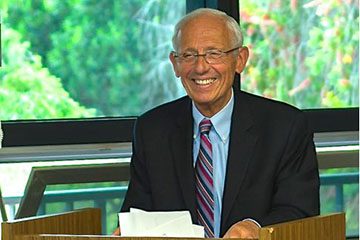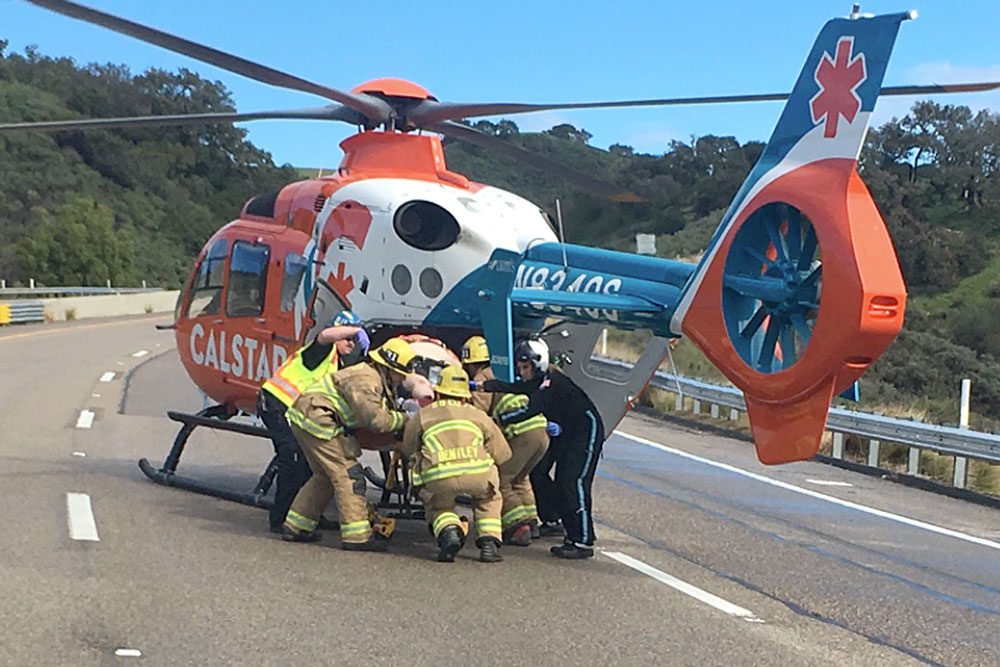By Jade Martinez-Pogue
Noozhawk Staff Writer
The Santa Maria/Santa Barbara County Continuum of Care program has launched a 100-Day Challenge to reduce homelessness among the veteran population in the county.
“Many veterans must navigate service-related challenges, a lack of affordable housing and other economic hardships that civilians face,” said Kathy Simas, North County director for the Santa Barbara Foundation. “The 100-Day Challenge presents a unique opportunity to convene cross-sector stakeholders to foster an increase in collaboration, innovative thinking and efficiency in addressing veteran homelessness. Our veterans deserve no less.”
There are more than 150 veterans facing homelessness in the county on any given night, according to Lucille Boss, a senior housing program specialist for the county’s Housing and Community Development Division. The goal of the challenge is to connect half of that population to safe and stable housing as well as supportive services.
The challenge started Oct. 12 and is set to end in late January.
The challenge is modeled after the success of a previous 100-Day Challenge launched at the end of June that targeted youths experiencing homelessness.
The youth challenge established a 100-day goal to house 50 homeless youths in the county, assign a navigator to 100% of youths identified on a real-time list of people experiencing homelessness, and have 75% of homeless youths accept case management with an individual service and housing retention plan.
By the end of the 100 days, the goals were surpassed and 52 youths were connected to safe and stable housing, 100% of youths were assigned a housing navigator, and 100% of youths housed with a housing intervention had an individual service and housing retention plan.
“This challenge allowed us to collaborate and work with great agencies that we will be able to continue working with in an effort to help our most vulnerable youth,” said April Ramos, program specialist at Fighting Back Santa Maria Valley. “We also made our community aware that youth homelessness is real and we can all help in different ways.”
Boss accredited the success of the youth challenge to the various partnerships that worked together on the effort. The Santa Maria/Santa Barbara County Continuum of Care collaborated with 20 local stakeholders, including various local school districts, UC Santa Barbara, Allan Hancock College, Channel Islands YMCA Youth and Family Services, Good Samaritan Shelter and the Housing Authority of the County of Santa Barbara.
The timing of the project worked in favor of its success in housing youths so quickly, Boss said. Fighting Back Santa Maria Valley opened its house for youths experiencing homelessness a few days before the challenge began, which made four beds available for use, according to Boss.
Channel Islands YMCA Youth and Family Services also reopened the Noah’s Anchorage homeless shelter in downtown Santa Barbara that provided additional beds to house some youths.
“I think the timing of the programs that were launching really helped us and kept us motivated all the way through,” Boss said. “Everybody was putting in an all-out effort.”
With the goal of housing 75 veterans, an even greater population than the youth challenge, the leadership team of the 100-Day Veteran Challenge is looking at the successes and road bumps of the first challenge to accomplish its mission.
“We are definitely taking a lot of lessons learned from the youth challenge into the veteran challenge,” Boss said.
The team created a “Homeless 101” presentation to show the data available and how to obtain it. With a network of more than 500 volunteers, nearly 200 system users and about 30 partner agencies, there are extraneous resources from which the team is able to pull information.
“This is an essential resource that we realized we needed later on in the youth challenge, so we decided to tackle it earlier for this challenge,” Boss said.
Since volunteers have a better idea of what to expect regarding the work that the challenge takes, they are better able to balance their outside work obligations with their roles in this challenge, according to Boss.
While there is “unprecedented funding” coming from federal and state governments to tackle the issue of homelessness, there was no funding given specifically to these challenges, Boss said. Everyone working on the challenge is an unpaid volunteer working to reduce and prevent homelessness in the county.
Homelessness is a nationwide problem that affects 1.5 million people each year, according to Boss. Targeted challenges can provide a way to steadily reduce homelessness.
“One of the things we learned is that addressing a target population is really helpful because it allows us to focus on the resources and interventions specific to that population,” Boss said. “It can be really overwhelming if you say we want to end homelessness by the end of the year, but sectioning off these populations gives us more focus.”
The success of the first 100-Day Youth Challenge shows that the challenges can be a critical tool in helping solve the national homelessness struggle.
Noozhawk staff writer Jade Martinez-Pogue can be reached at jmartinez-pogue@noozhawk.com.







